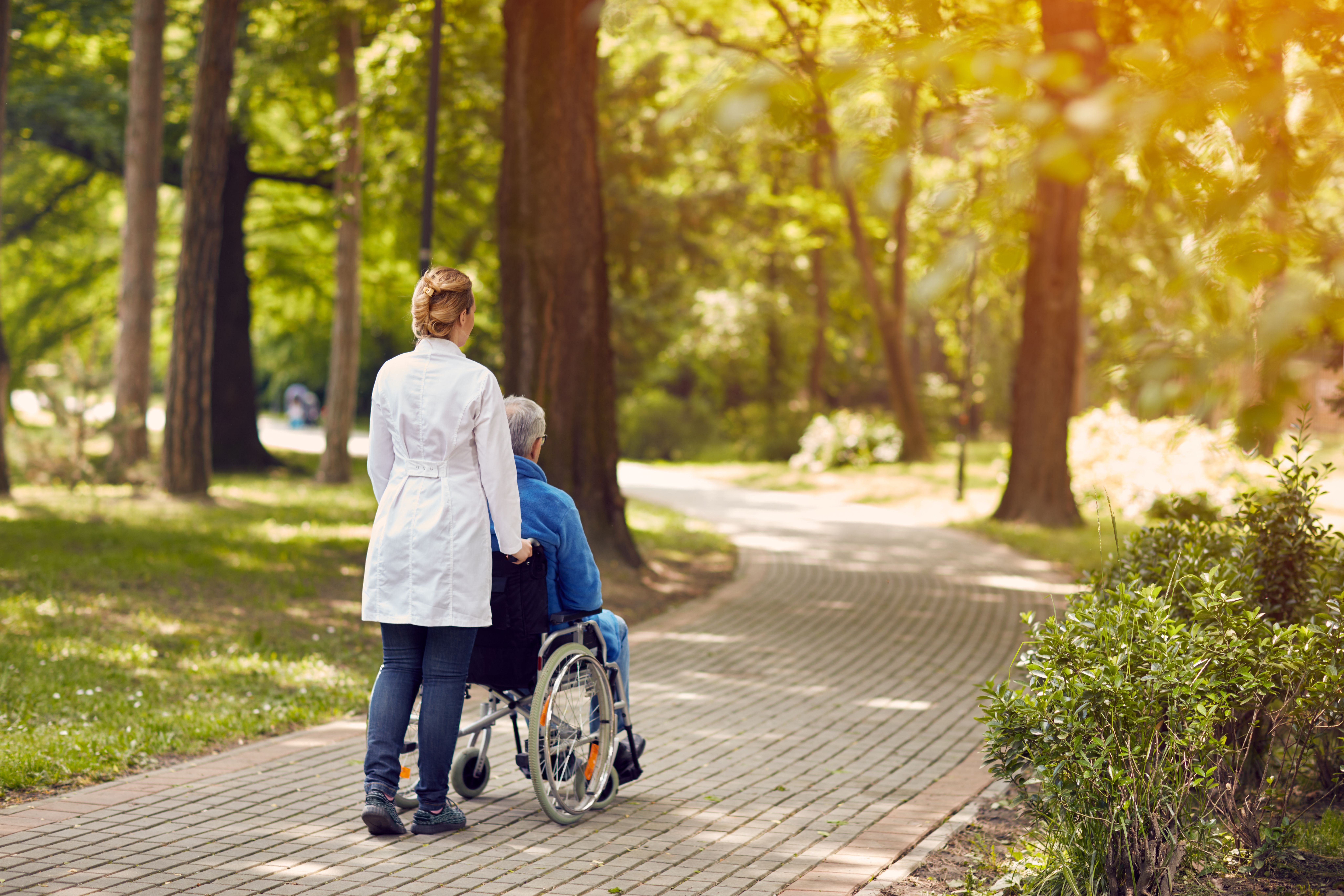Publication
Article
CURE
Risky Infections
Author(s):
Cancer patients should be aware of the risk of infections.
Cancer patients should be on the lookout for these specific infections that can complicate treatment:
• Staph. There are more than 30 different types of Staphylococcus bacteria. They are common in patients with chronic diseases, including diabetes and cancer, and most often start on the skin. Some staph infections can be caused by food poisoning. Most can be treated with antibiotics.
• Antibiotic-resistant staph infections. One of the most dangerous of these is methicillin-resistant Staphylococcus aureus, known as MRSA. These infections, almost always acquired in a healthcare setting, are much more stubborn to treat and can be life threatening.
• Candida. A type of yeast infection on the skin and mucous membranes, Candida can sometimes occur with the use of antibiotics or as a result of a weakening of the immune system from having cancer itself or radiation and/or chemo. Generally they can be treated with antifungal agents.
• Pneumocystis jiroveci. A yeast-like fungal infection that settles in the lungs, sometimes as the result of immunotherapy connected to bone marrow transplants, P. jiroveci can be treated with antibiotics and, depending on the severity of damage to the lungs, corticosteroids.
• Clostridium difficile. This bacterial infection can be especially problematic, playing havoc with the colon and digestive tract. It is often passed on in healthcare settings, especially to patients who have been on antibiotics and altered their normal colonic bacteria or who are hospitalized long term and are already immunosuppressed. A minimum 10-day antibiotic regimen is usually required for serious cases.






